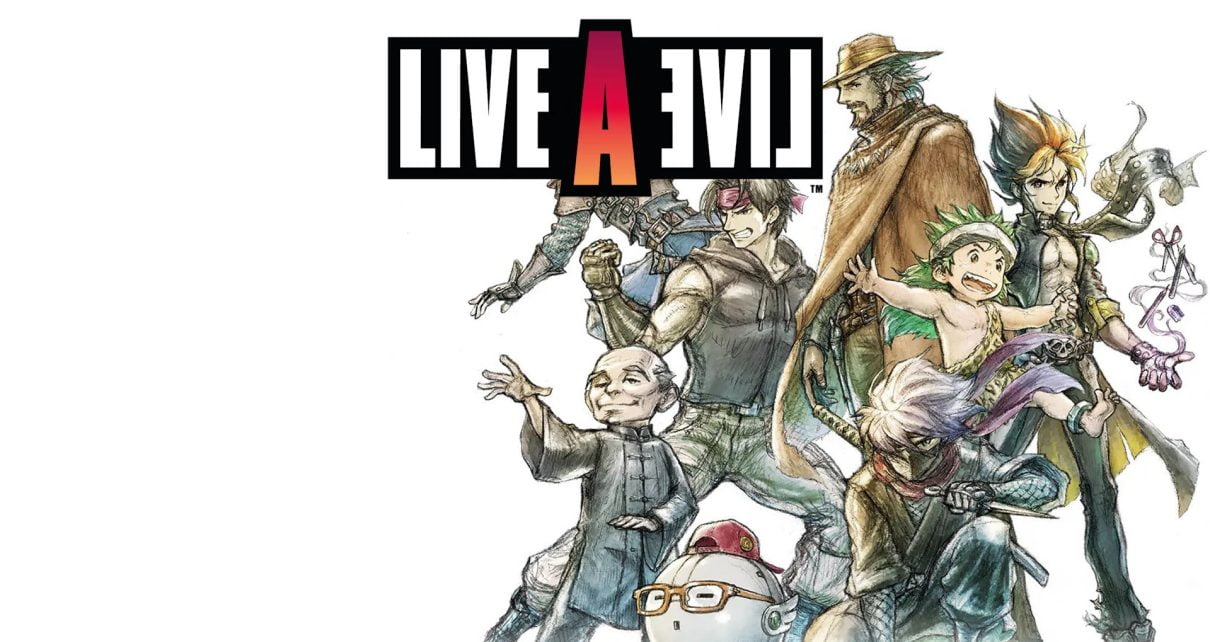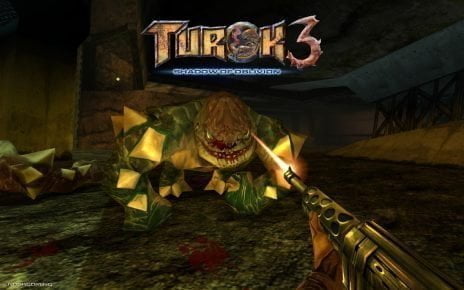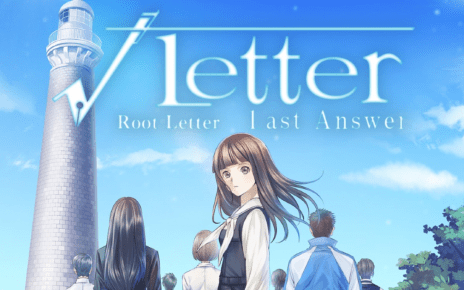Live A Live has long remained one of the crown jewels in the fan-translation treasury. Now, decades on, Square Enix have decided to bestow on the world a remake of the classic that had never officially left Japan. How does this once illusive title stack up in modern JRPG times? Let’s Live A Little and find out.
Seven Stories
When Square Enix dropped Octopath Traveller a few years ago, many people quite rightly compared the 8 protagonist-based story to that of Live A Live. Unlike the previously mentioned title, Live A Live does things a little differently from traditional JRPGs and separates the 7 stories further than that in Octopath.
Live A Live follows the tales of 7 playable characters divided by giant stretches of time. It starts long ago with Pogo the Caveman and ends with Cube the Robot.
Each narrative follows its protagonist through various trials unique to that time period and is told in different ways. For example, Pogo’s story has no dialogue throughout whereas Sundown the Cowboy features quite a considerable amount of world and character building through dialogue.
Not every story is created equal and you’ll naturally find yourself drawn to some characters more than others. This seems intentional and also keeps the pace of the game going. The tales last from around 30 minutes to over 3 hours, so you’re never too far off from a new experience if you find yourself tired of the era you’re currently in.
While the story as a whole isn’t the strongest offering from the Square Factory, the unique scale and difference in protagonists and locations is one of the most endearing aspects to Live A Live. It’s something you would have expected to see emulated more often. Instead, Live A Live presents gamers with a rather unique and infectiously charming story spanning thousands of years in a way that keen-eyed players may piece together quicker than others but the payoff remains just the same regardless.
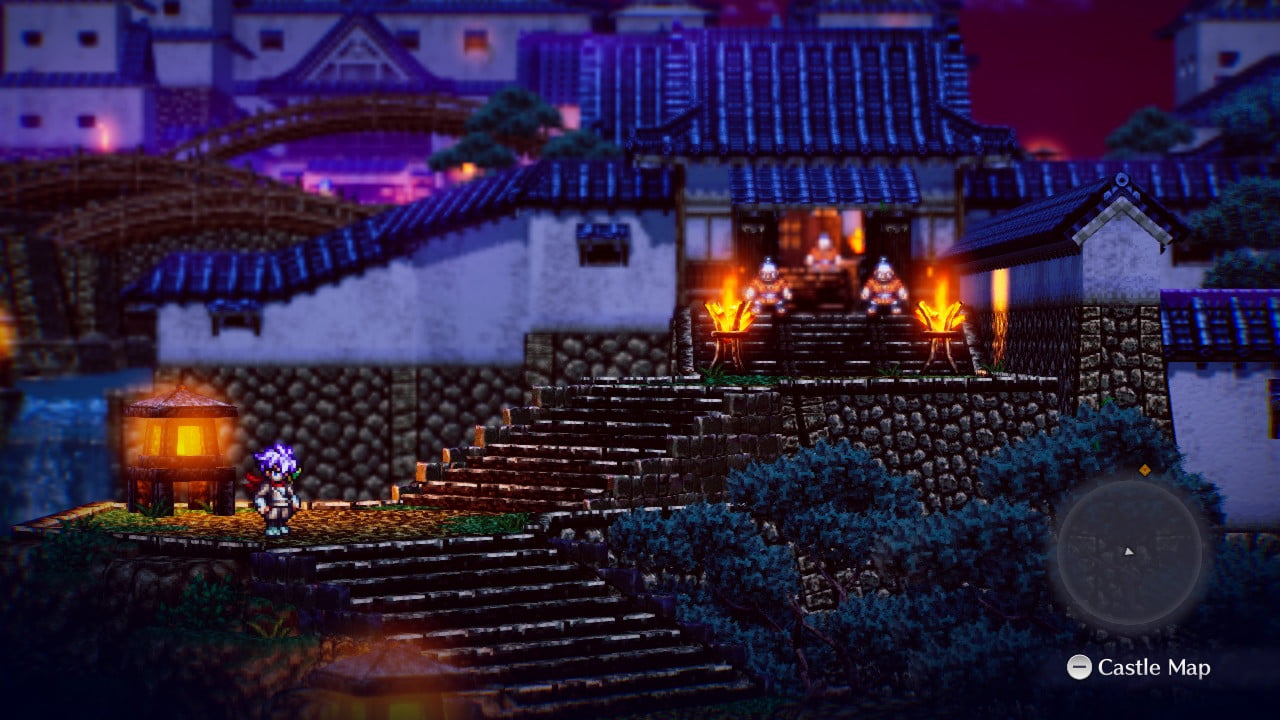
Traditional but Unique
Live A Live is, on paper, a traditional JRPG with all the usual gameplay. You’ll find exploration, turn-based combat, NPCs, and the other standards here. It’s safe to say that if you’ve ever played a JRPG, you’ll fall into Live A Live quite easily. Rather than the mechanics, it’s what Live A Live does with the formula that makes the gameplay just as endearing as the story and core mystery behind the game.
As mentioned previously, each story is radically different from the others. As some examples, I’ll discuss The Wild West, The Present Day, and Prehistoric to show you how wildly different the game plays despite being one cohesive game.
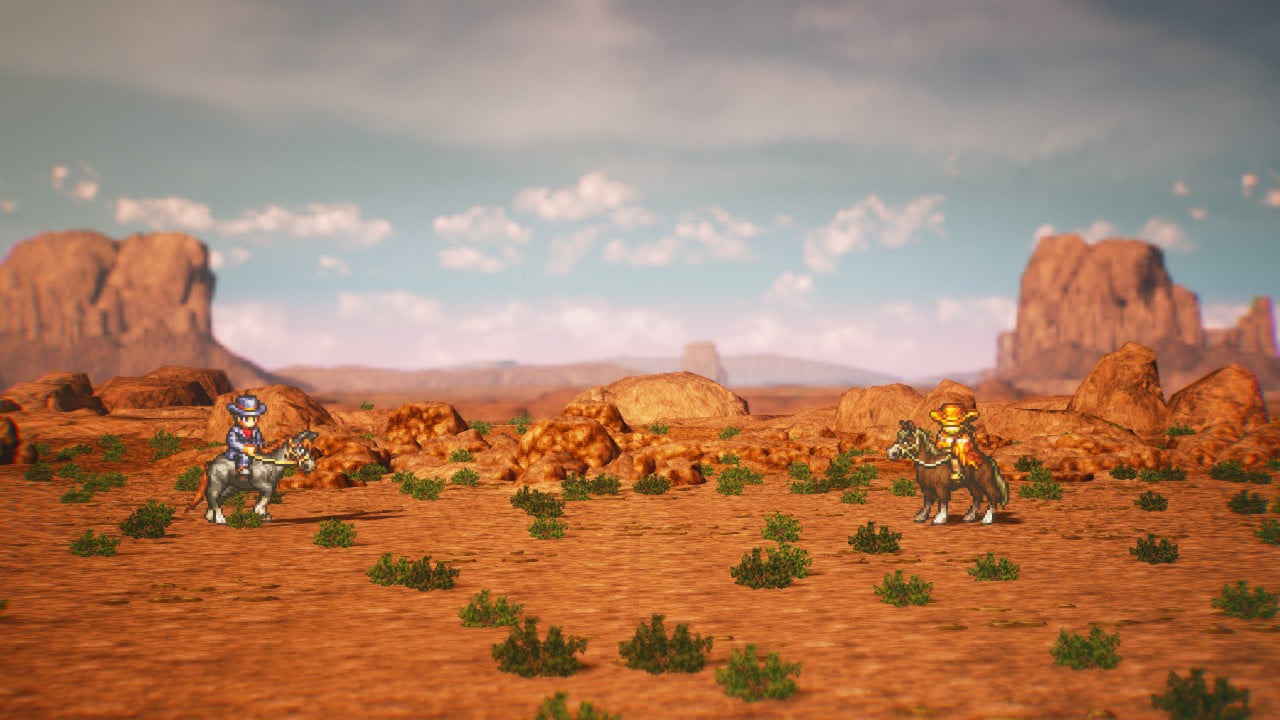
The Wild West
This scenario puts you in the boots of “The Sundown Kid”. He’s an infamous Cowboy who spends his life dueling against a bounty hunter called Mad Dog. Through the narrative, the pair end up having to defend the town from a local band of outlaws.
To achieve the goal of saving the day, you are given 8 rings of a bell. This works out to about 15 minutes, in which you need to scavenge items from around the town to turn into traps. You need to factor in who would be best with which trap, and how quickly they can be set up. Once that bell tolls it’s time to fight!
The above all culminates in a boss battle using the turn-based grid system. Depending on how quickly you got the items and set up determines how many pesky outlaws will come to the last dance.
This scenario lasts around 30 minutes.
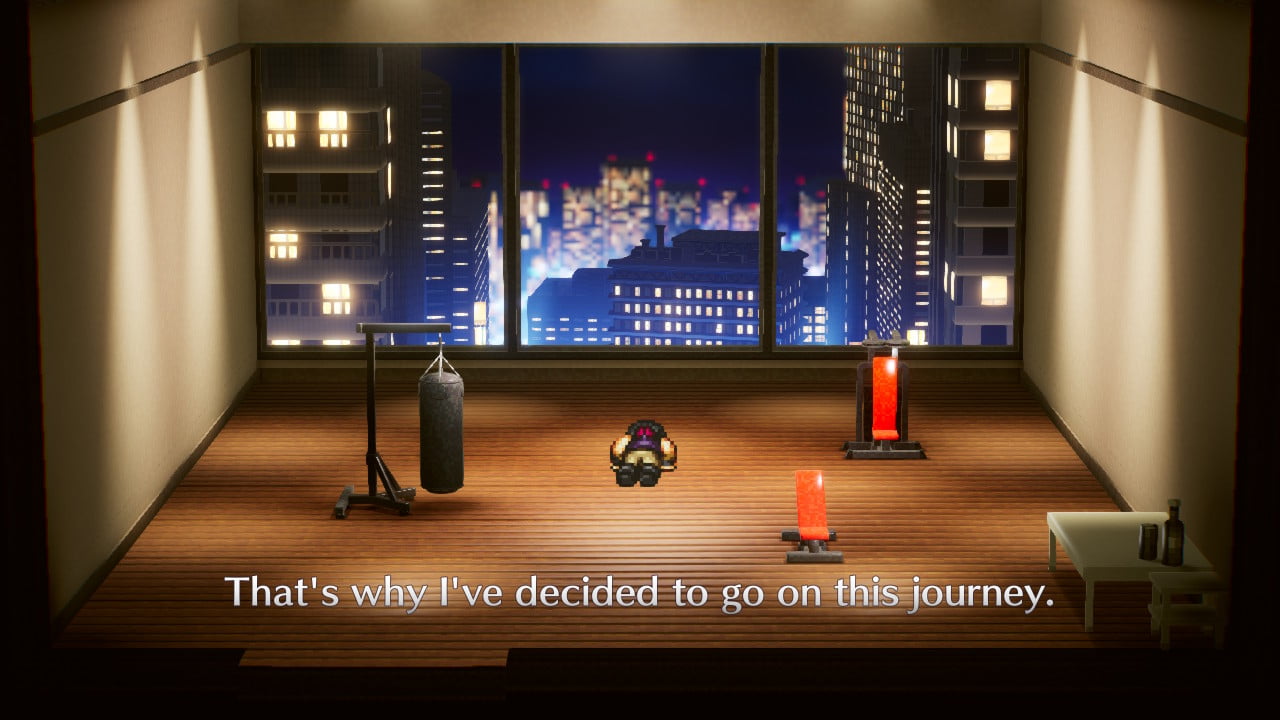
The Present Day
This story sees the main character Masaru Takahara wanting to be the world’s strongest fighter. To do this, he must defeat 7 champions to give him the right to fight the world’s strongest.
Masaru decides the only way he can achieve victory is by studying the other fighters and copying their moves. What follows is a Street Fighter homage in which you choose which fighter to take down until you’ve beaten them all.
This chapter is made up of a small bit of dialogue and almost all combat. There’s no exploration at all here, but it uses the same combat system as the other stories. Again this is a smaller scenario and lasts around 20 minutes.
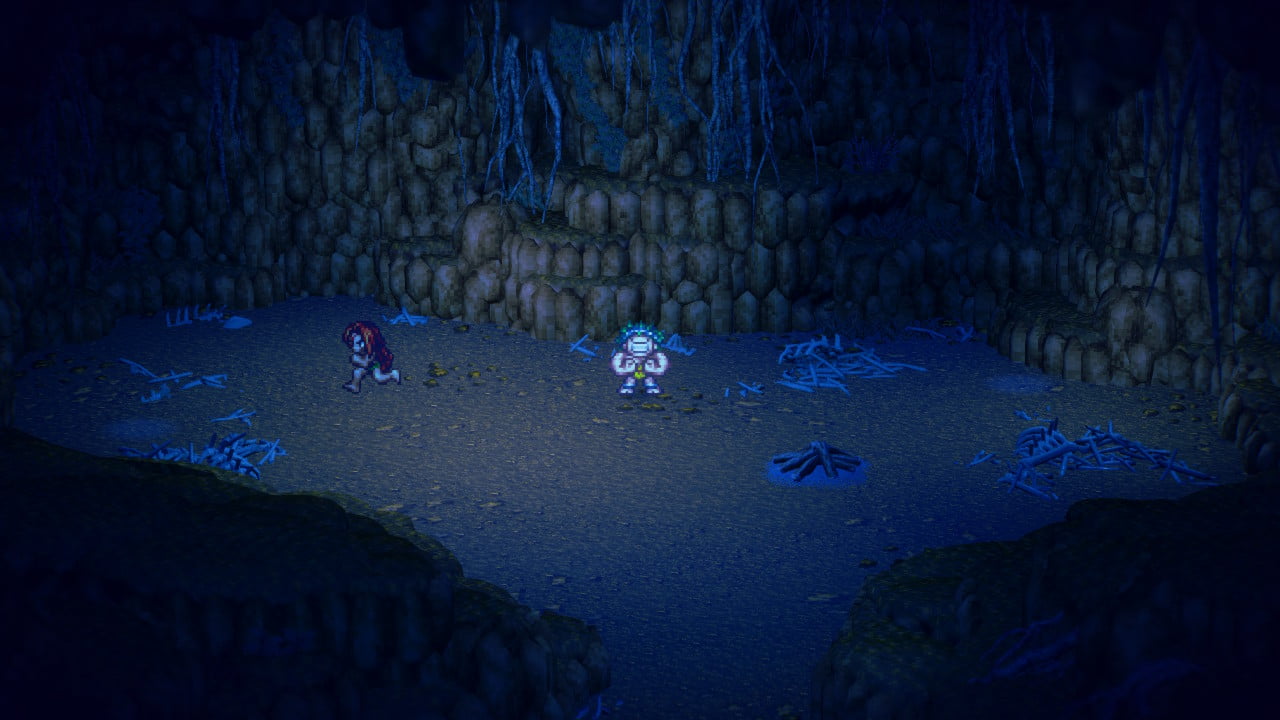
Prehistoric
Prehistoric is one of the more traditional scenarios the game has to offer, despite the lack of dialogue. In this scenario, you take on the role of Pogo the Caveman as he tries to win the love of Beri the Cavegirl. You’ll be exploring several open areas, crafting items, hunting animals by “smelling” them, and even taking part in a mini-game.
Despite straying away from JRPG convention narratively speaking, Prehistoric is closer to what you would expect from a JRPG created in the 16-bit era in terms of gameplay and clocks in at around 3 hours, it even has optional boss fights.
As you can see the 3 examples I have given are quite different from each other. Trust me that this only becomes more apparent as you hit some of the other timelines such as the Future where it even forgoes traditional leveling up in favor of upgrades.
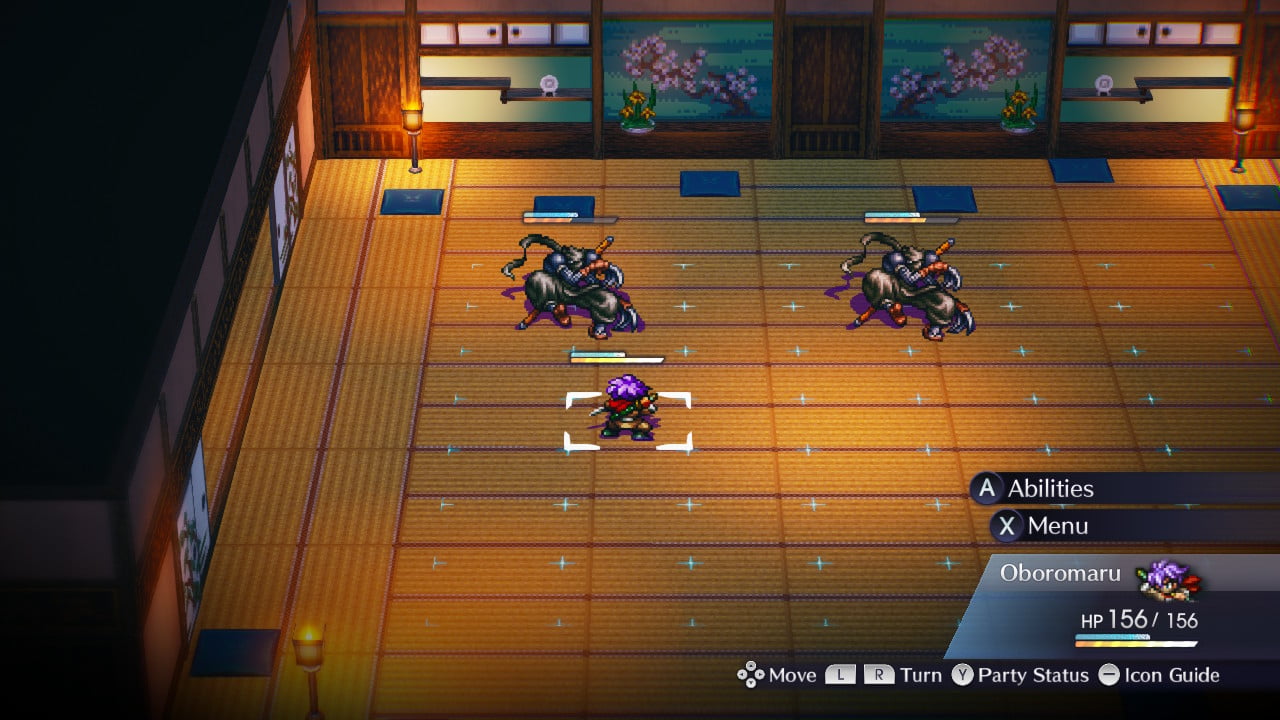
Grids and Battles
Combat is a turn-based grid affair. It rewards players with positional strategy and keeps the battles interesting. It does this by using the same famous Active Turn Battle system, where you can see how close you are to your turn but also much closer the enemy is also. Many players will recognize this mechanic from the Final Fantasy series.
Fights are over quite quickly, and you’ll find the right move can effectively one-shot most mobs. The only fights that have any real weight to them are the sub/optional bosses and the last fight in the chapter. This does wonders for the pacing, and instead of making the fights feel like filler, they are fun and quick diversions.
All in all, despite seeming quite daunting, Live A Live is a 20 – 30 hour JRPG that flies by in a New York Minute due to fantastic pacing and snappy fun combat.

Sprites and Orchestra
Visually, Live A Live is on par with the other titles that use this engine, Octopath Traveller and Triangle Strategy. The wonderful fusion of sprite-based character modes on high-definition backgrounds never gets tiresome and truly fits the motif of making something old look new again.
I had no issues with performance throughout, except for slight framerate issues on the Feudal Japan section due to the level of intricacy on the outdoor sections of the castle. Aside from that, the game performed beautifully and without a single crash.
The music is beautifully done with a fantastic orchestral re-recording that perfectly encapsulates the tone of the game and the feeling of playing this title back on the SNES.
Voice acting is here. While the game isn’t fully voiced, what has been included works and gives an extra dimension to those that do have voices.
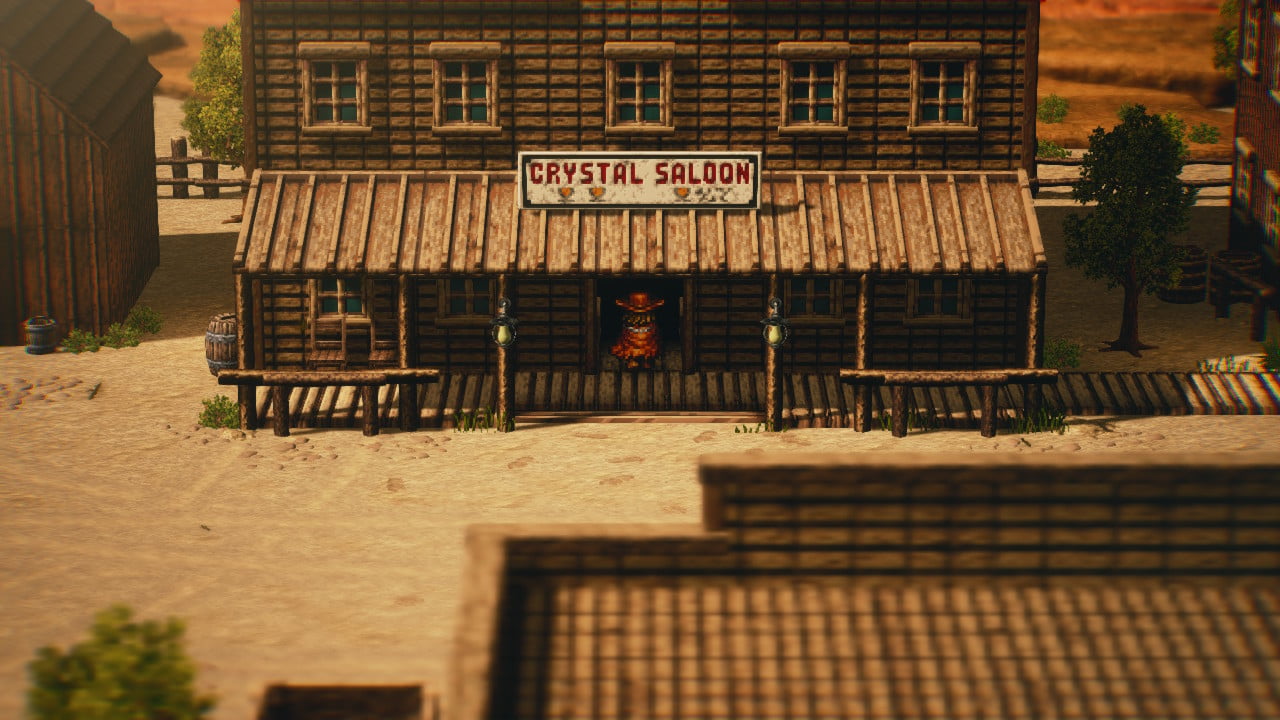
Verdict
Live A Live is a fantastic experience that any JRPG fan should try for at least a few chapters before writing off. It’s still a unique and fresh title after nearly 2 decades and provides as much emotion in its shorter run time as some 80-plus-hour titles.
While I’ve held back on some of the surprises the game has on offer, rest assured the game has enough diversity and allure to keep anyone engaged. Live a Live is an essential title that has finally broken through the western release barrier.
LIVE A LIVE IS HIGHLY RECOMMENDED

Purchase: Nintendo Store
If you enjoy JRPGs, perhaps you’d like to take a look at Atelier Sophie 2: The Alchemist & The Mysterious Dream?
Many thanks goes to Nintendo for a Nintendo Switch review code for this title.
Pride of utopia & greatest thing ever, I found the One Piece, Collected the Dragon Balls & won the Mortal Kombat Tournament in one night, it was quiet for me that night! Follow me on Twitter @powahdunk

